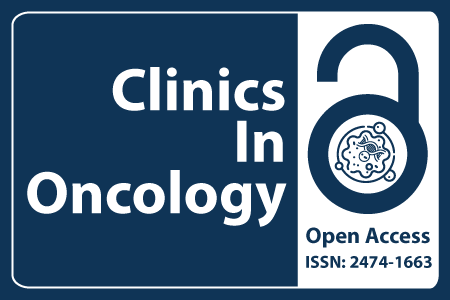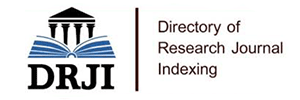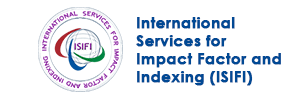
Journal Basic Info
**Impact Factor calculated based on Google Scholar Citations. Please contact us for any more details.Major Scope
- Endoscopy Methods
- Colon Cancer
- Gastrointestinal Cancer
- Blood Cancer
- Breast Cancer
- Adjuvant Therapy
- Chemotherapy and Radiotherapy
- Hematology
Abstract
Citation: Clin Oncol. 2016;1(1):1101.DOI: 10.25107/2474-1663.1101
Cardiovascular Co-Morbidity and the Outcome after Myeloablative Hematopoietic Stem Cell Transplantation for Advanced Lymphoma
Hsueh Ju Lu, Ya-Ching Chen, Ming-Huang Chen, Wei-Hsin Chen, Jui-Hung Kao, Chia-Ping Shen, Feipei Lai, Chi Ying F. Huang, Yu-Feng Hu and Peter Mu-Hsin Chang
Department of Internal Medicine, Chung Shan Medical University Hospital, Taiwan
Department of Oncology, Taipei Veterans General Hospital, Taiwan
Division of Cardiology, Department of Medicine, Taipei Veterans General Hospital, Taiwan
Department of Cardiovascular Research Institute, National Yang-Ming University, Taiwan
Department of Medicine, Chung Shan Medical University, Taiwan
Department of Medicine, National Yang-Ming University, Taiwan
Department of Biomedical Electronics and Bioinformatics, National Taiwan University, Taiwan
Department of Medical Research, Show Chwan Memorial Hospital, Taiwan
Institute of Biopharmaceutical Sciences, National Yang-Ming University, Taiwan
These authors contribute equally to this work.
*Correspondance to: Yu-Feng Hu
PDF Full Text Original Article | Open Access
Abstract:
We evaluated cardiovascular-associated co-morbidities systematically in patients undergoing hematopoietic stem cell transplantation (HCT) for lymphoma. In this study, 101 lymphoma patients (41.3 ± 13.6 years) receiving salvage myeloablative HCT with high-dose conditioning treatments were recruited. Cardiovascular associated factors were reviewed and correlated to outcome after HCT. The mean follow-up period was 1074.8 ± 739.2 days. The Overall Survival (OS) rate was 68.3% and the 3-month survival rate was 89.1%. Multivariate analysis revealed that the independent risk factors for OS were High Sensitivity C-Reactive Protein (HsCRP), Abnormal Regional Wall Motion (ARWM), age, and Eastern Cooperative Oncology Group (ECOG) performance status. Combination of the 4 risk factors significantly increased the predictive value for OS. High HsCRP levels were associated with higher cumulative tumor-related mortality (P=0.045). ARWM was associated with both higher cumulative tumor-related mortality (P=0.01) and non-relapse mortality (P=0.027). In conclusions, ARWM and HsCRP were important predictors for long-term survival in lymphoma patients undergoing HCT.
Keywords:
Abnormal regional wall motion; High sensitivity c-reactive Protein; Hematopoietic stem cell transplantation
Cite the Article:
Lu HJ, Chen Y-C, Chen M-H, Chen W-H, Kao J-H, Shen C-P, et al. Cardiovascular CoMorbidity and the Outcome after Myeloablative Hematopoietic Stem Cell Transplantation for Advanced Lymphoma. Clin Oncol. 2016; 1: 1101.













